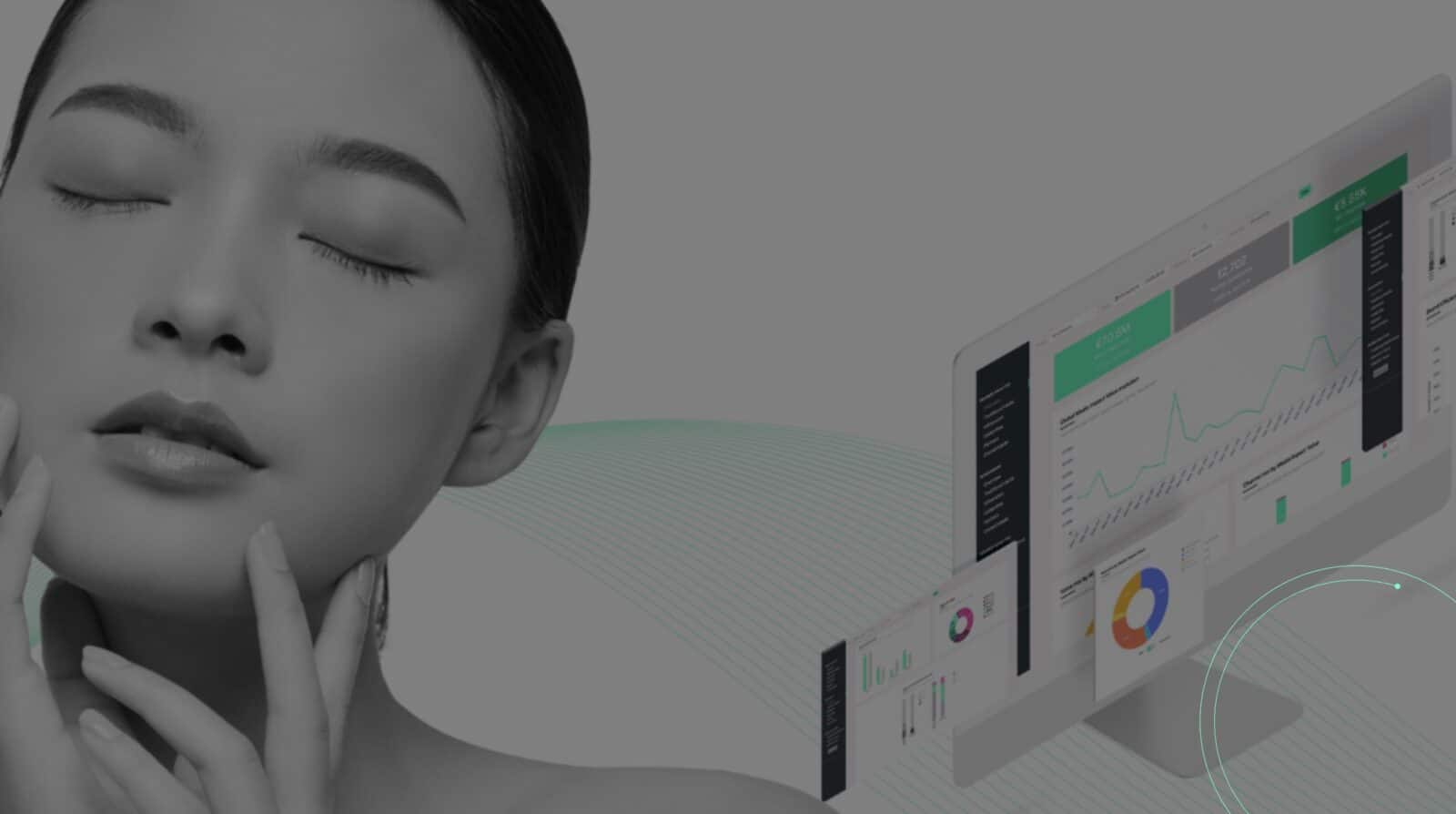Wary about the validity of today’s APAC marketing predictions? You’d be forgiven for any trepidation. The region has experienced its share of challenges in the past few years. as COVID shuttered businesses and consumer confidence plummeted.
The latest IMF regional report notes China’s growth slowed in 2022 as a result of zero-COVID measures. Russia’s invasion of Ukraine also caused commodity price shocks and global trade disruptions across the region.
Still, despite these issues and rising costs, the APAC region remains a resilient and important target for fashion, luxury, and beauty (FLB) brands.
In fact, the IMF projects that the region will contribute around 70% of global growth this year. And McKinsey predicts that rising incomes will contribute to a $10 trillion increase in consumption growth between now and 2030.
According to our own data, the APAC region remains the second most important market in terms of Media Impact Value™ (MIV®), with a contribution of 33% of the global value.
So, with these regional challenges in mind, how can marketing leaders make their mark in APAC? Let’s take a look at key marketing trends and the must-know data
In this article you’ll learn…
How to find the right Marketing Channel Mix
Reaching fashion and beauty consumers in APAC involves a holistic marketing strategy that encompasses both digital and offline channels.
While social media is obviously a key focus for FLB marketers, our data shows that traditional media should not be overlooked. In the Asia Pacific, print media accounted for 19% of MIV® in 2022. This was the third-highest-performing channel after Douyin and Weibo.
Douyin’s top position is also noteworthy. For fashion and beauty marketers, the platform provides a crucial entry point into lucrative mainland China. Just 6% of placements account for 22% of the region’s MIV®!
> Read more about Douyin Marketing for Fashion & Luxury Brands.

APAC Marketing: Why Video Content is Key
As Douyin’s prevalence confirms, video on social media is the fastest-growing source for online discovery. Brands can leverage the power of video in a number of ways…
- Use Owned Media channels to promote short-form video clips that are engaging, culturally relevant, and sharable.
- Use KOL marketing to partner with popular video creators that align with your target market and niche.
> Read more about how to choose the right KOLS to work with for your brand.
- Get users involved with Douyin Challenges, a popular marketing tool on the platform. Challenges sees users compete to post the most popular video themed around a certain hashtag. It’s an effective way to encourage user-generated content and create buzz around a product or campaign.
- Use live streaming to demonstrate product features and answer consumer questions in real-time.
Static imagery still has a place in fashion and luxury marketing. However, video has gained unparalleled popularity, which brands can leverage on video-focused platforms like Douyin.
APAC Marketing Predictions: Lancome Case Study
Our data shows that Lancome has created a successful Channel mix in the APAC region by giving dominance to video-centric platforms. Douyin drove the most value for the brand, contributing 35% of their MIV® in comparison to just 7% for the more image-focused Instagram.
Lancome has also produced highly successful KOL marketing campaigns. These are backed by an understanding of the target market and careful KOL selection across key Chinese platforms. Their collaboration with toy brand Be@rbrick generated 340 posts and a reach of 161M (RED accounted for 63% of MIV®).
Why leverage Micro-Influencers and User-Generated Content?
While all influencer tiers play their role, fashion and beauty brands in APAC are looking beyond mega and all-star influencers to achieve success. Leveraging micro-level influencers and consumer voices are two key strategies to be aware of.
Micro-influencers increased their position in 2022, growing more powerful according to our data. Despite having fewer followers, this tier tends to have a loyal and engaged fanbase that trusts their recommendations. Even more crucially, they act on them. In China, these influencers are referred to as Key Opinion Consumers (KOCs). Big brands are increasingly giving them well-deserved attention.
As well as building brand awareness and driving sales, influencer/KOL marketing can encourage the creation of user-generated content (UGC). For example, promoting a Douyin Challenge can help proliferate a brand’s message by virally spreading that Challenge’s hashtag.
APAC Marketing Predictions: Shein Case Study
As we can see from our data, Shein is a brand with a high percentage of micro-influencer activity. In fact, micro-influencers drove 15% of the brand’s MIV®.
This mutually beneficial partnership allows the brand to expose itself to new audiences. In exchange, smaller influencers receive free clothes for their opinions and social media exposure.
By using lesser-known influencers, Shein minimizes social media marketing costs (compared to using more popular influencers. Smaller influencers are also considered more “down-to-earth”. From an audience perspective, this lends their opinions much more credibility.
Shein also encourages UGC by allowing customers to take part in its affiliate program. Here, people earn commission on all recommended sales simply by referring customers to Shein.com

How to benchmark your brand performance (APAC Marketing predictions edition)
Evaluating performance is a crucial component of any marketing strategy – especially for Western brands entering a market with strong cultural nuances. Benchmarking allows you to get full performance visibility. This means course-correcting when things aren’t working, seizing opportunities when they arise, and continually optimizing your marketing spend.
- Cross-channel benchmarking gives you an understanding of which channels bring you the highest ROI. You can then funnel more resources into those channels and grow them to their full potential.
- Cross-Voice benchmarking helps you understand which Voices perform best for your brand for each campaign. Consider Influencers vs Celebrities vs Media! With the right data and tools, break things down even further. You can even assess which influencers or KOLs reap the highest ROI to figure out who to build long-term relationships with.
- To grow your position in a competitive market, you first need to know where you stand. Competitive benchmarking shows where you rank within your industry and how your marketing mix performs against competitors.
- Cross-region benchmarking shows you how different strategies are performing in different markets. Adjust your regional activities and optimize their ROI!
By using the right metrics to measure the performance of your marketing campaigns, you can gain a clear picture of how you’re tracking in relation to your goals.
Tracking data across multiple dimensions is simple with the right tools. LaunchMetrics Insights helps you measure the true impact of your marketing activities and gives you actionable insights you can use to improve your results. With MIV® as a standard metric, you can easily compare results across Voices and channels and between competitors.
If you want to boost your brand’s presence in the APAC region with force, try it today.

